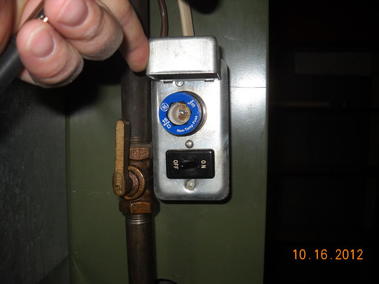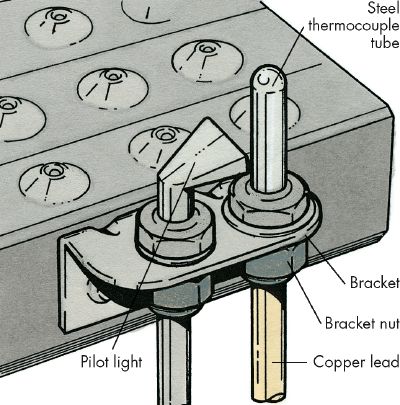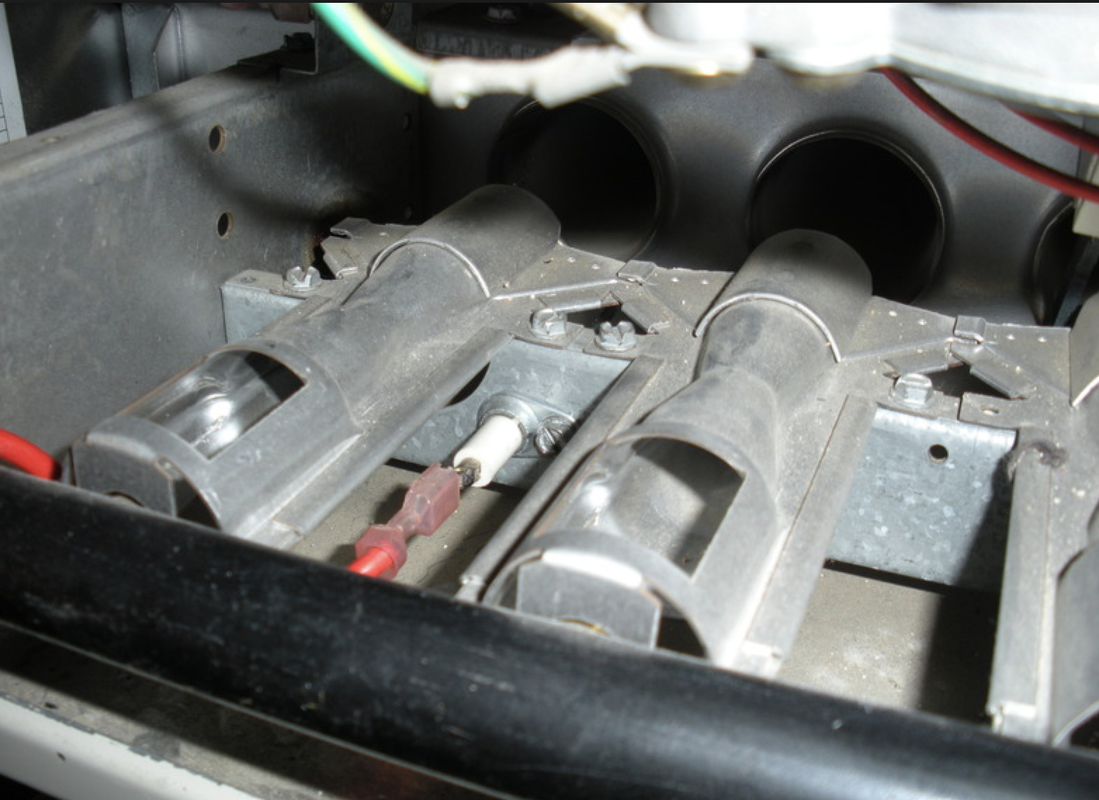Homeowners guide to troubleshooting and repairing the top 3 reasons your furnace is not working...1/16/2018
During the coldest part of the year in Colorado, the last thing you need to deal with as a homeowner is not having heat. Getting your furnace serviced is expensive, and in the mountains, service providers usually charge a trip fee in addition to their hourly rate and a markup on materials. If you are a little bit handy, there is a good chance that you can fix some of the most common issues I have seen: your furnace fan runs, but no heat comes out.
For the purposes of this article, we will assume you have power, and the furnace is blowing cold air for a few minutes then shuts off or lights then shuts off, and keeps repeating that cycle. You will need a basic understanding of tools like; Phillips screwdriver, flathead screwdriver, wrenches, etc. If you are unsure at any point, please call a professional. If you smell gas turn off the gas supply and call 911. If your furnace is supplied by propane (you have a large tank in your yard), make sure you are not empty. I have gone to several service calls, and the client did not realize they had run out of propane. Modern furnaces use a component called an 'ignitor' to light the fuel (propane, or natural gas) instead of a pilot flame, which then heats the air. Older pilot style furnaces use a 'thermocouple' or 'Flame sensor' to make sure the pilot light stays lit, and they shut off the gas to the pilot flame if it goes out. Ignitors and thermocouples are prone to failure at the most inconvienant times, but are very easy to replace and inexpensive. Both styles of furnace also usually have an additional 'flame sensor' that detects the large main flame once the furnace burner has lit, and will shut down the furnace if the flame goes out due to a backdraft or other reason. These three items are the source of 80% of service calls. If you have a furnace with a pilot light, and no heat is coming out (it may blow cold air for a minute then shut off), it is probably the thermocouple or flame sensor. try to relight the pilot light; if it will not stay lit, but you can get it to initially light, it is usually the thermocouple or flame sensor, which is a sensor that is attached next to the pilot light, and sits partially in the flame when lit. If the pilot light is lit, but the furnace lights then shuts off, you may have a second 'flame sensor' that detects the main burner flame; CLICK HERE . You can tell the difference because a thermocouple will have a single copper tube and the flame sensor will have braided metal wire or just wire that goes to a connector on the furnace.
The following steps can help you see if one of these simple items is the cause of your furnace failure:
FOR ALL STEPS START HERE:
PILOT LIGHT WON'T STAY LIT:
FURNACE RUNS BUT BLOWS COLD AIR THEN SHUTS DOWN (FURNACE DOES NOT USE A PILOT LIGHT):
Ignitors are identifiable by there location next to a burner. They have two wires going to a connector on the furnace and they usually have a ceramic base. Here are a few examples, with the one on the right being very common:
PILOT IS LIT OR IGNITOR GLOWS AND FURNACE MAIN BURNER IGNITES THEN SHUTS DOWN:
If you were successful, then CONGRATULATIONS! You are on your way to saving money, and understanding the systems in your house, as an added bonus, now your warm. As always, if it doesn't work, it's probably time to call a qualified service technician. |
















 RSS Feed
RSS Feed
